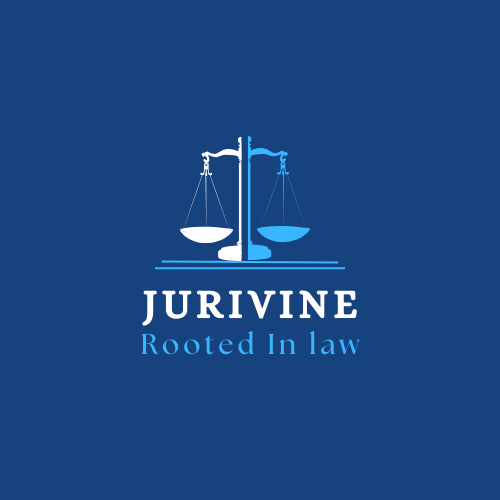Author: Srishti Singh is a 3rd year BA LLB student at the Army Institute of Law, Mohali
Introduction
On 11 February 2025, the District Court of Delaware issued a landmark ruling. At a time when the entire world is grappling with the issues of AI and Copyright, Judge Bibas attempted to provide clarity by highlighting the limitations of the fair use doctrine.
The dispute arose when Ross Intelligence made an AI-based legal-research search engine. To train its AI, Ross needed a legal database and so, it approached Westlaw (owned by Thomson Reuters), to license its content. Thomson Reuters refused to provide the content, considering Ross was one of its competitors. Soon after, Ross secured a deal with LegalEase for access to legal data in the form of ‘bulk memos’ to train its AI. To create the bulk memos, data had to be repurposed by lawyers from Westlaw’s headnotes. Ross used these bulk memos to train its AI model. When Thomson Reuters found out that Ross was indirectly using its data, it sued Ross Intelligence for Copyright infringement.
The Fair Use Doctrine
Ross Intelligence, like most other AI companies, used the defence of the fair-use doctrine. The origins of the fair-use doctrine can be traced back to Folsom v. Marsh [9. F. Cas. 342 (C.C.D. Mass. 1841)]. Here, Charles Folsom, the publisher, had sued the respondent for replicating a large part of his biography on George Washington, in his own works. Although, the court held in favour of Folsom, this case laid the foundation for the fair-use doctrine by laying down the four-factor test. The four factors include –
- The Purpose and Character of the Use,
- The Nature of the Copyrighted Work,
- The Amount and Substantiality of the Portion Used in Relation to the Copyrighted Work and,
- The Effect of Use on the Potential Market for the Work.
Why Ross’ Defence Failed
Judge Bibas considered all four factors in the present case and observed that fair use is a mixed question of law and fact. With regards to the first factor, – the Purpose and Character of the Use, he considered two essentials – whether the use was of a commercial nature and whether it was transformative. Since Ross was using the copyrighted material to train its AI model, which would in turn be purchased for use by professionals in the legal field, it was held that the use was for a commercial nature. Moreover, as Ross’ AI was not ‘Generative AI’ that creates new content by itself, and is instead based on pre-existing sets of legal data programmed into it, Ross’ use of the data was held to be non-transformative as well.
The second factor deals with the Nature of the Copyrighted Work. More importantly, it looks at the degree of creativity that went into creating the work. This factor was accorded to Ross as Westlaw’s copyrighted material, because although it was deemed original by the smallest margin, it did not contain much creativity.
When it comes to the third factor, – the Amount and Substantiality of the Portion Used in Relation to the Copyrighted Work, Judge Bibas found that the output generated by Ross’ AI is in essence, a judicial opinion and not a reproduction of Westlaw headnotes. Thus, as the output does not take out the heart of the work, i.e., in this case, the Westlaw headnotes, factor three was given to Ross.
Deemed to be “the single-most important element of fair use,” factor four which deals with the Effect of Use on the Potential Market for the Work, was awarded to Thomson Reuters. Ross was unable to prove beyond reasonable doubt how the markets would not be affected after the rollout of its product. Judge Bibas observed that even after considering all factors in favour of Ross, the AI legal-research search engine was created to compete with Westlaw. Granting much weightage to the fourth factor, Judge Bibas held in favour of Thomson Reuters.
Implications on Copyright & AI
This ruling will have major implications on lawsuits dealing with Copyright and AI across the globe. AI companies must exercise extreme caution when using copyrighted material as this judgment warns that even scraping or repurposing of data without licensing poses legal risk. Especially for companies like Ross AI, which cannot afford long legal battles, this decision comes as a setback to the fair-use defence. By supporting copyright holders over AI developers, it sets a powerful precedent which will have an impact on not just legal AI tools, but also AI tools in journalism, art, music, publishing, etc. Most importantly, this ruling highlights the need to reform our existing intellectual property laws to address the evolving relationship between AI and intellectual property rights.
Conclusion
Thomson Reuters v. Ross Intelligence Inc. provides much-needed clarity on whether using data without licensing to train AI models infringes the rights of copyright-holders. Thus, in the modern world, where data is treated as currency, this judgment not only sets a precedent for future AI and copyright disputes, but also highlights the need for clearer legal frameworks on the matter.
References
- Thomson Reuters v. Ross Intelligence Inc., No. 1:20-CV-613-SB (D. Del. Feb. 11, 2025) https://www.ded.uscourts.gov/sites/ded/files/opinions/20-613_5.pdf.
- Rich Stim, Measuring Fair Use: The Four Factors, https://fairuse.stanford.edu/overview/fair-use/four-factors/.
- Folsom v. Marsh, 9 F. Cas. 342, No. 4,901 (C.C.D. Mass. 1841).

Leave a Reply